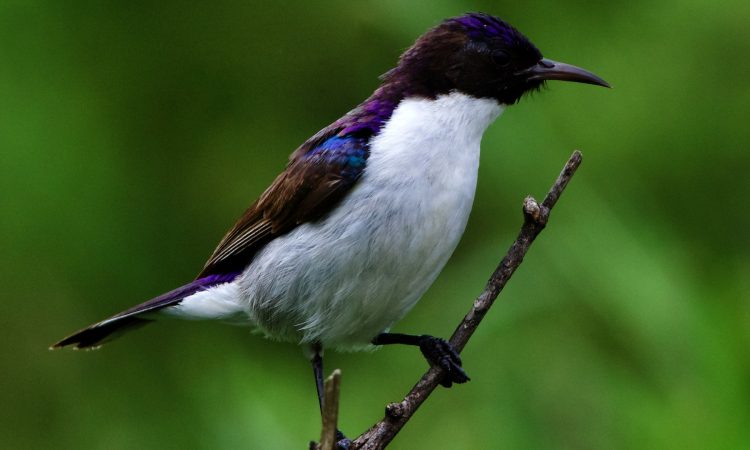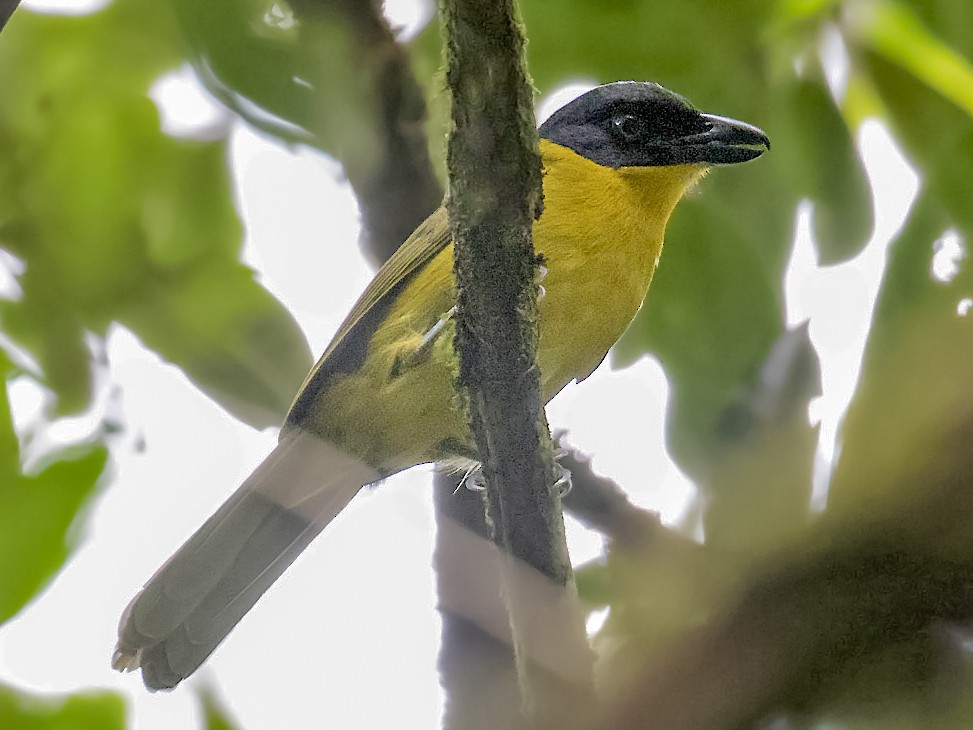A Birdwatcher’s Paradise: Tanzania’s Incredible Birdlife : Tanzania is a haven for bird enthusiasts, with over 1,100 species recorded throughout the country. The country’s varied habitats, including forests, wetlands, savannah, and mountains, provide habitats for both resident and migratory bird species. For those looking to explore the diverse birdlife of Tanzania, there are plenty of options available. From national parks and wildlife reserves to remote forests, Tanzania is a birdwatcher’s paradise.

How many species of birds are in Tanzania?
Tanzania is home to over 1,100 species of birds, making it a popular destination for birdwatching enthusiasts from around the world. Some of the most notable species found in Tanzania include the African fish eagle, flamingos, various species of hornbills, weavers, and sunbirds, as well as many different types of birds of prey.
What is BirdLife International Tanzania?
BirdLife International Tanzania is a non-governmental organization dedicated to the conservation of birds and their habitats in Tanzania. It is part of the larger BirdLife International network, which operates in over 100 countries around the world. BirdLife International Tanzania works to promote sustainable development, biodiversity conservation, and the sustainable use of natural resources in Tanzania. Its activities include research and monitoring, policy advocacy, community outreach and education, and the establishment of protected areas and conservation programs. BirdLife International Tanzania also partners with other organizations and stakeholders to promote the conservation of birds and their habitats, and to raise awareness of the importance of biodiversity for sustainable development and the well-being of local communities.
One of the most popular areas for birdwatching in Tanzania is the Serengeti National Park, which is not only famous for its large mammals but also its birdlife. The park is home to over 500 species of birds, including migratory species such as the European Roller, the White Stork, and the Yellow Wagtail. The park’s wide-open grasslands make it an ideal habitat for raptors such as eagles, hawks, and falcons, as well as ground birds such as ostriches, bustards, and korhaans, a Birdwatcher’s Paradise.
Another must-visit location for bird enthusiasts is Lake Manyara National Park. The park is renowned for its vast number of bird species, with over 400 recorded species. The park’s unique ecosystem, which includes a soda lake, dense forests, and open grasslands, provides a habitat for a variety of birdlife. The park’s most iconic species is the flamingo, which congregates in large flocks along the shallow waters of the lake.
What is the best time for bird watching?
The best time for bird watching can depend on several factors, including the species of birds you are interested in observing, the location where you plan to birdwatch, and the time of year. Generally speaking, birds are most active and visible during the early morning and late afternoon hours, around dawn and dusk. This is when they are most likely to be feeding or engaged in other activities, such as singing or calling. However, some species of birds may be more active or visible at different times of the day. For example, nocturnal birds such as owls are most active at night, while diurnal raptors such as hawks and eagles are often more active during the mid-morning or mid-afternoon. Additionally, the time of year can also impact bird activity and behavior. During the breeding season, which varies by species and location, birds may be more visible and vocal as they establish territories and court mates. During migration periods, certain areas may experience an influx of bird activity as species travel through on their way to breeding or wintering grounds. Overall, the best time for bird watching can vary based on the specific birds and location you are interested in observing. It is often helpful to research the species you hope to see and to consult with local birding resources, such as birding guides or organizations, to determine the best time and place to go bird watching, a Birdwatcher’s Paradise
For those interested in forest birding, Tanzania has several options. The East Usambara Mountains, in the northeast of the country, are known for their high levels of endemism, with over 25 species found only in this area. The forests of the Uluguru Mountains, near Morogoro, are also home to several endemic species, including the Uluguru Bush-Shrike and the Uluguru Violet-Backed Sunbird.

In addition to national parks and forest reserves, Tanzania’s coastline provides an opportunity for birdwatching. The country’s coastal wetlands, including the Rufiji Delta and the Zanzibar archipelago, are a crucial stopover for migratory birds, with species such as the African Skimmer and the Lesser Flamingo often seen in the area.
How do you attract birds to bird watching?
To attract birds for bird watching, you can provide food and water, plant native vegetation, provide nesting sites, reduce noise and disturbance, and observe from a respectful distance without interfering with their natural behaviors. Remember to observe birds from a respectful distance and not to interfere with their natural behaviors. Also, be sure to familiarize yourself with local regulations and ethical guidelines for bird watching.
For those looking to get the most out of their birdwatching experience, working with a local guide is highly recommended. Local guides are knowledgeable about the best locations to find specific species and can also help with identifying bird calls and behaviors.
In conclusion, Tanzania is an ideal destination for birdwatchers, with a variety of habitats and a high number of endemic and migratory species. From national parks and forest reserves to coastal wetlands, Tanzania’s birdlife is a must-see for any nature lover. With the help of a local guide, visitors can experience the diverse and fascinating world of Tanzania’s birdlife.


